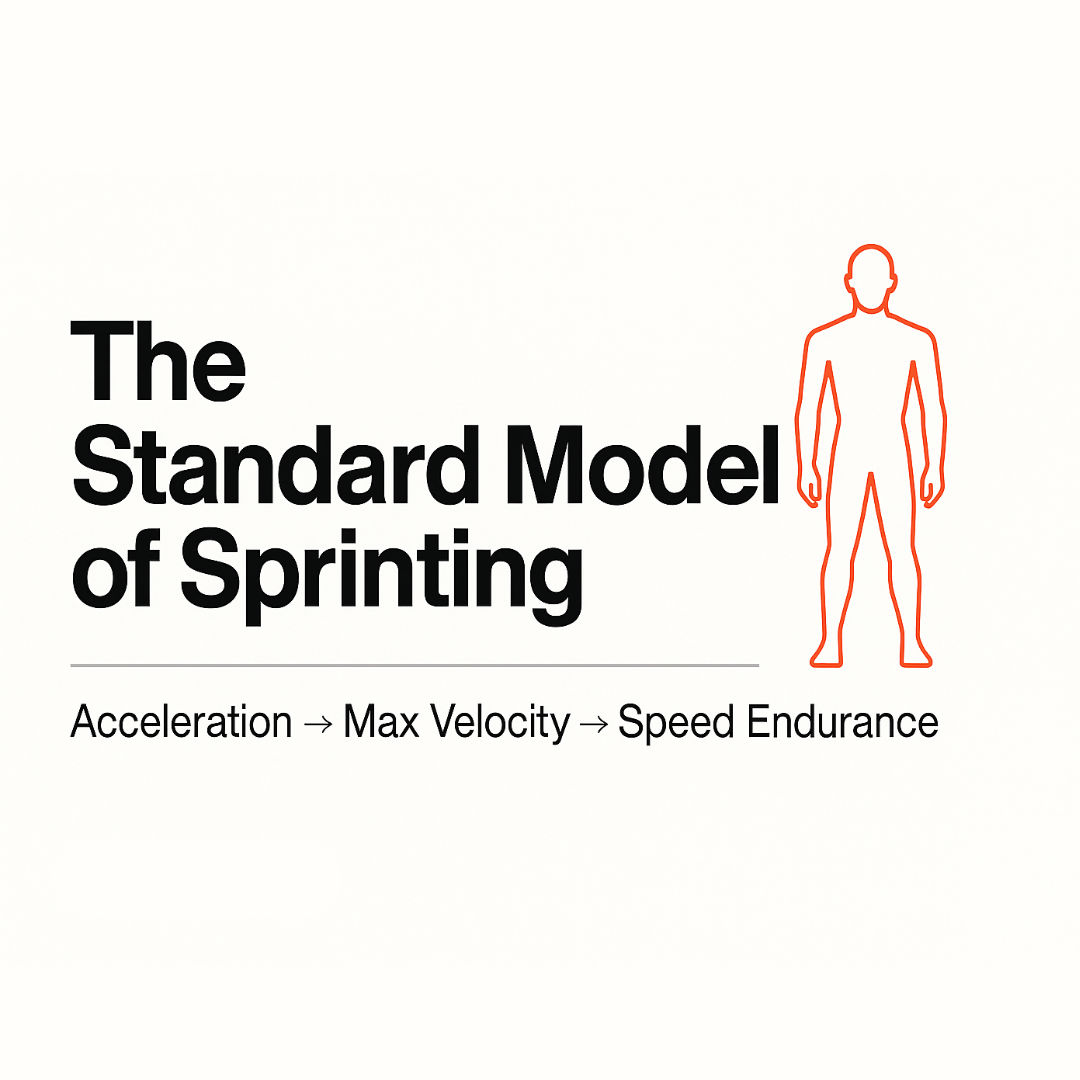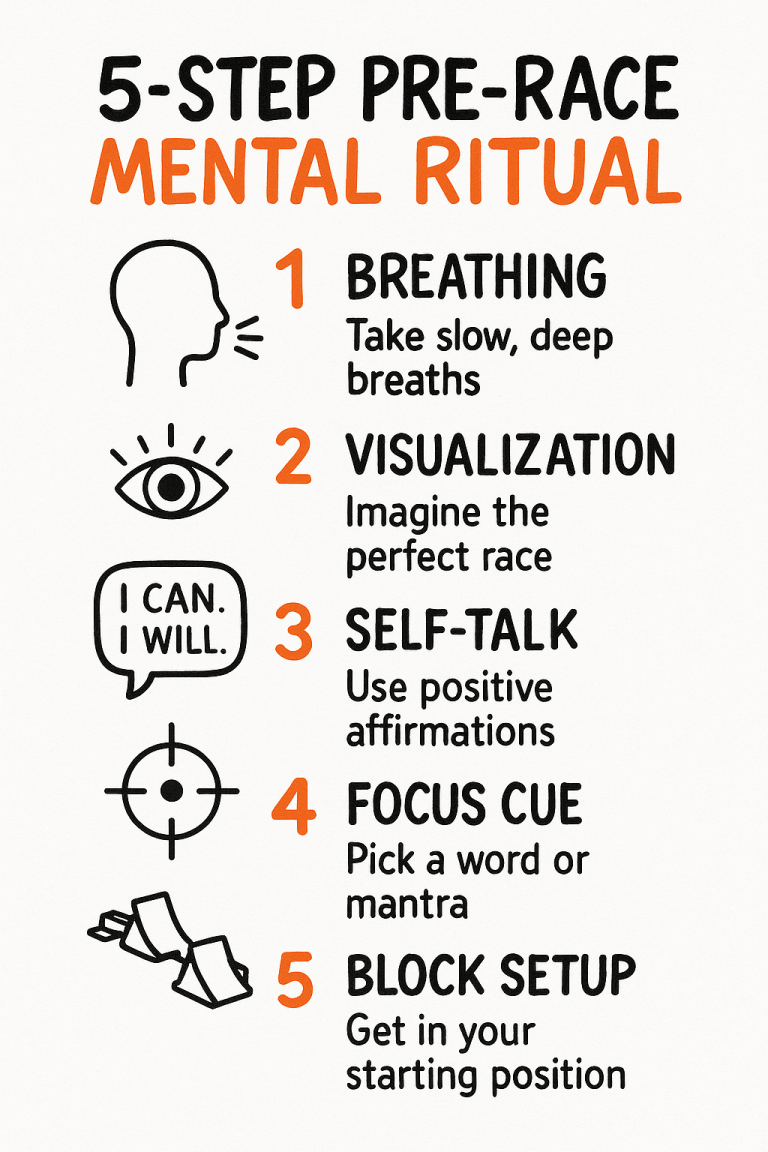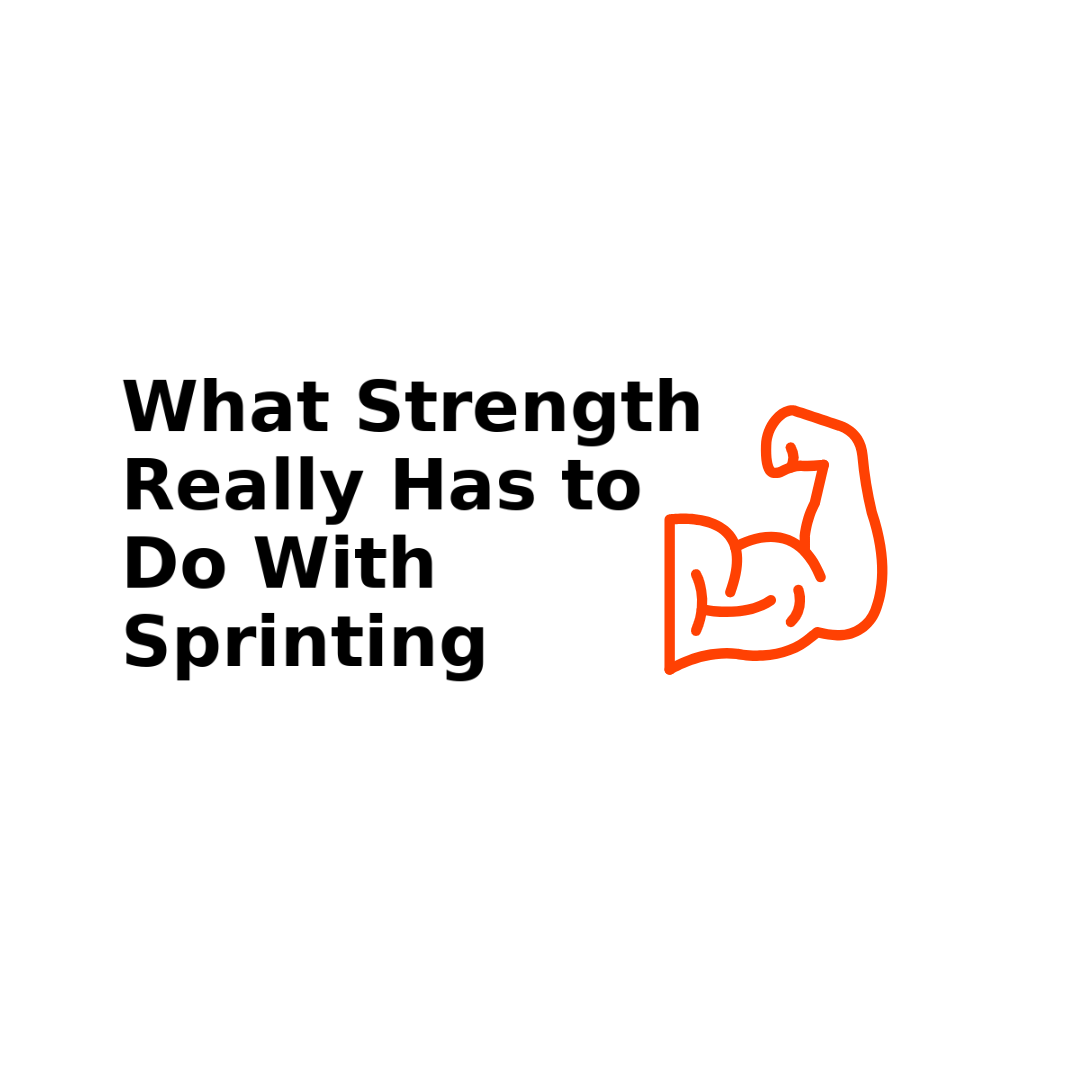
The Standard Model of Sprinting: Why Modern Biomechanics Has Changed the Game
Discover how modern biomechanics is reshaping sprint training, replacing outdated “base building” with max velocity and acceleration-first methods.

Most sprinters spend 90% of training time on physical drills—starts, lifts, plyometrics, speed endurance. Yet research consistently shows that mental training can provide a measurable performance edge. Studies in sports psychology demonstrate that athletes who adopt mental skills training not only run faster but also recover better and perform more consistently under pressure (Slimani et al., 2020).
Consider this: Olympic champions like Michael Johnson and Usain Bolt have spoken about visualization and mental preparation as key to their routines. If elite sprinters swear by mental training, why should rising athletes ignore it?

Explosive sprinting isn’t just muscle power—it’s brain-driven neuromuscular control.
In other words, your brain can be a performance bottleneck—or a performance amplifier.


Visualization Script:
“Close your eyes. Feel your feet pressing into the blocks. The starter calls ‘Set.’ Your muscles coil like springs. Gunshot—explosion forward. Push back, bakc, back – hard, crisp, smooth. Arms punch, stride lengthens, rhythm takes over.”
Self-Talk Script:
Before race: “Explode. Relax. Flow.”
During drive phase: “Punch. Drive.”
Final 20 m: “Loose. Fast.”
Mindfulness Ritual (2 minutes):

Tracking mental training ensures accountability and reveals what works.
Daily Log Example:
Weekly Metrics:

Discover how modern biomechanics is reshaping sprint training, replacing outdated “base building” with max velocity and acceleration-first methods.

Should sprinters focus on work capacity or speed quality? Discover the truth about GPP vs SPP and the real goal of sprint training.

Strength doesn’t guarantee sprint speed but eccentric strength does. Learn why absorbing force matters more than producing it, and how to train it to run faster.

